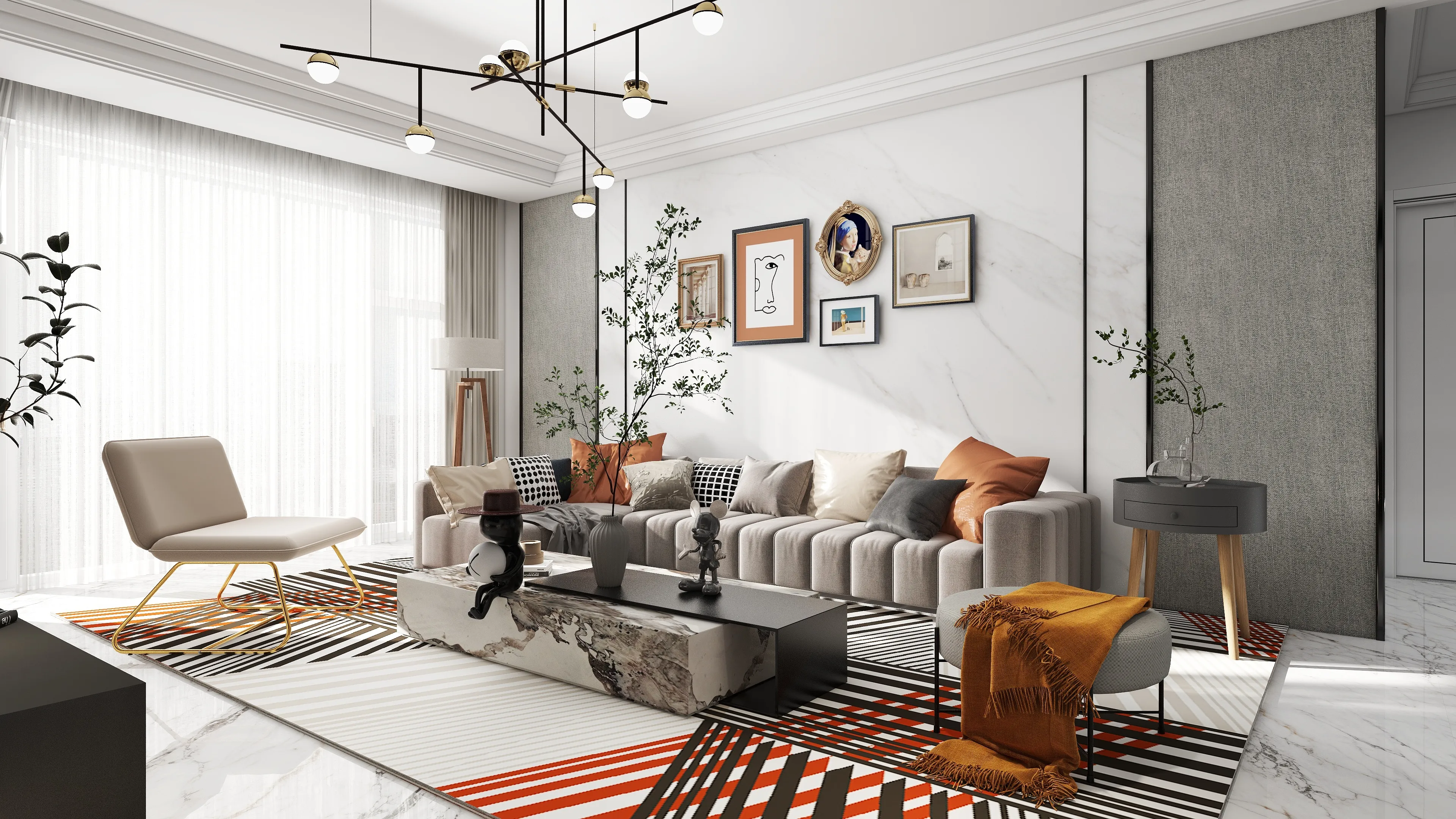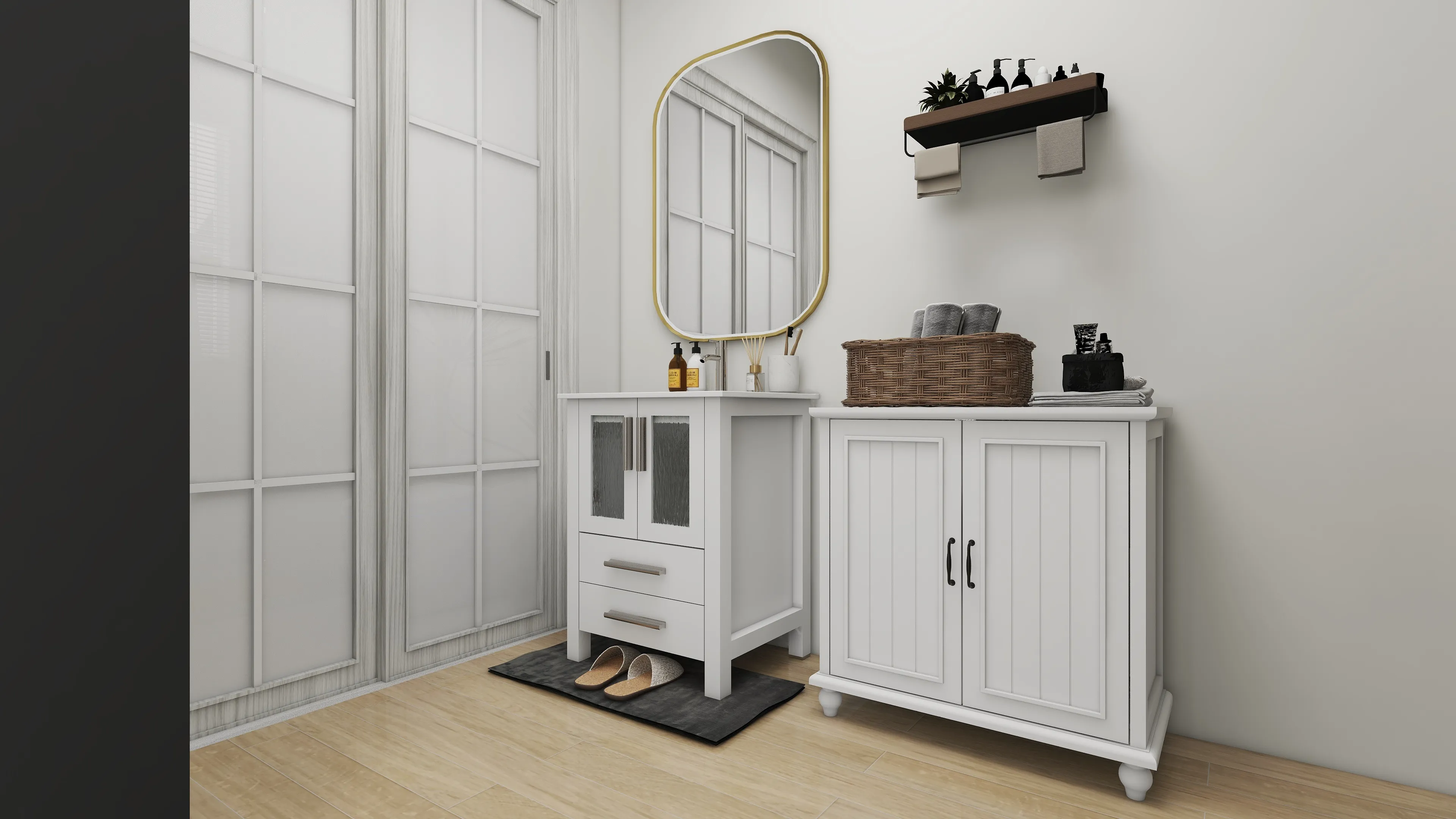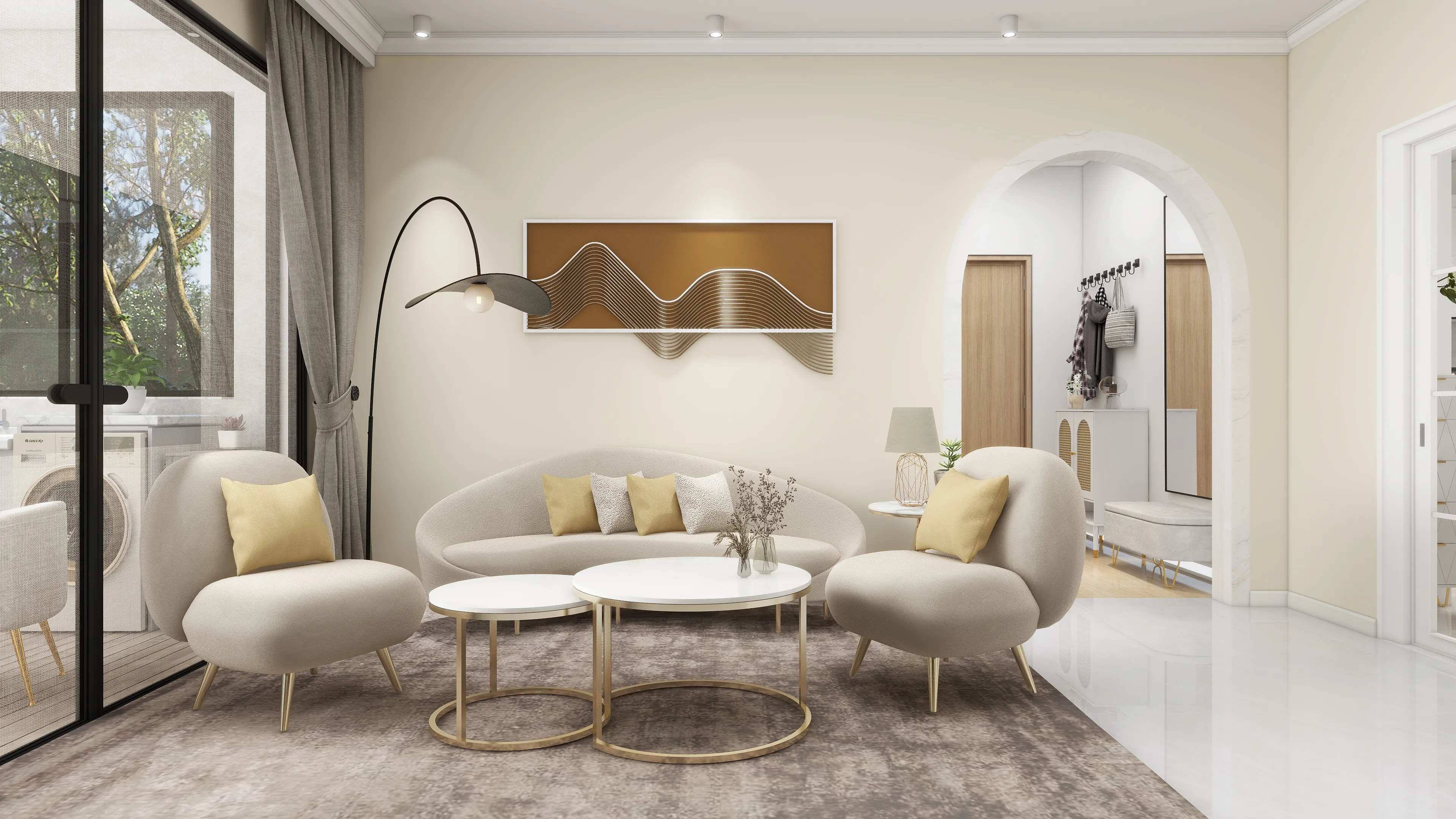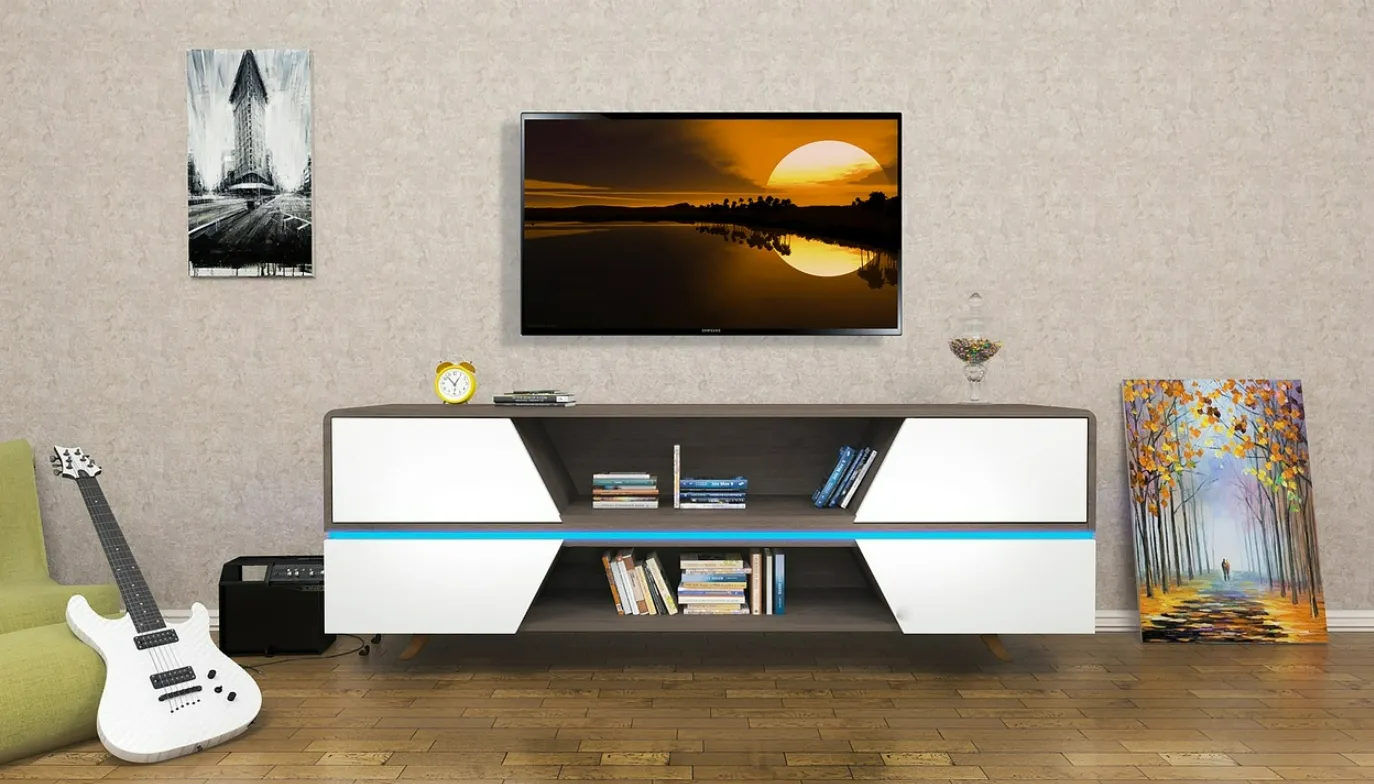The Complete 2025 Interior Designer's Playbook: Skills, Tools & Business Growth Tips
_1748930537399.jpg)
Let’s face it—being an interior designer in 2025 isn’t just about pretty spaces. It’s about balancing creativity with strategy, mastering digital tools, and spotting business opportunities before the crowd.
From transforming tiny city lofts into luxurious havens, to managing warehouses and vendor relationships, today’s designers wear many hats. If you’re a student just stepping into the field or a seasoned pro ready to scale, this playbook is your roadmap.
Here’s everything you need to succeed in interior design in 2025—tools, skills, niches, and strategies—without the fluff.
I. What’s Changing in Interior Design (And What That Means for You)
You’ve probably been there: scrolling through your feed, wondering how everyone seems to be one step ahead—trendier, tech-savvier, more booked-out.
The truth? The interior design landscape has shifted dramatically, and fast.
_1748930791464.jpg)
🔥 Trends That Are Redefining the Field:
- Interior design trends for 2025 focus on personalization, eco-conscious materials, and multi-functional design.
- Interior designer for Airbnb is no longer a niche—it’s a booming micro-market.
- Luxury interior design for small apartments is on the rise, especially in high-density cities.
- Interior design for teens has evolved, as Gen Z and Gen Alpha demand personalized, expressive spaces.
- Demand for interior design for mountain homes is resurging as people seek quiet escapes from urban chaos.
💡 Why It Matters:
These aren’t just trends—they’re client needs. If you can speak their language, and show them real solutions, you’ll stand out. But if you’re stuck in old-school workflows and generic services, you’ll fall behind.
II. Your 2025 Interior Design Toolkit: What You Really Need
Technology is no longer optional—it’s foundational. But don’t panic—it’s easier than it sounds.
🖼️ 1. PS (Photoshop) for Interior Design
PS is your best friend for mood boards, digital edits, concept presentations, and client pitches. In 2025, polished visuals = credibility.
Pro Tip: Layer transparency and color overlays to simulate lighting scenarios for client approval.
🏗️ 2. SU (SketchUp for Beginners Interior Design)
SU is the easiest on-ramp to 3D modeling. No, it won’t fry your brain. It’s fast, intuitive, and lets you mock up professional renderings in hours—not days.
Trust me, even clients love SU walkthroughs during consults.
📊 3. QuickBooks (QB) for Interior Designers
QB isn’t sexy, but it saves your sanity. From invoicing to tracking vendor payments and tax deductions, it’s your back-end brain.
Let QB handle the math while you focus on design magic.
💻 4. Dell Laptop for Interior Design
Performance matters. Lag kills creativity. A solid Dell with multi-core processors and strong GPU handles rendering and multitasking with ease.
Don't let a slow machine steal your flow.
🌐 5. Interior Design Sites for Inspiration
Stay sharp with platforms like Houzz, Behance, and Dezeen. Use these not just to admire—but to analyze: What’s trending? What’s being shared? What emotions are these designs tapping into?
Design is storytelling. Learn what stories are selling.
III. Niche Markets = Big Money
Here’s the thing: Being everything to everyone is exhausting. Niche designers? They get higher rates and better-fit clients.
Let’s break down a few hot zones for 2025:
🏢 Interior Designer for Airbnb
Airbnb hosts need consistent, photogenic, low-maintenance spaces. They value ROI. If you help them boost bookings, you become indispensable.
Game-changer: offer retainer services for seasonal redesigns.
👔 Interior Designer for Business
Small business owners and coworking spaces want environments that boost productivity and reflect their brand. Enter you—with solutions.
Think: branded accent walls, wellness-first furniture, sound management.
🛋️ Luxury Interior Design for Small Apartments
Smaller doesn’t mean simpler. Urban professionals are dropping serious cash on small but high-end spaces. You’ll need to master built-ins, hidden storage, and premium finishes.
Gold hardware + clever shelving = rich vibes in tight spaces.
🎒 Interior Design for Teens
Parents are paying to upgrade their teens’ rooms into hybrid zones for creativity, rest, and study. Color psychology and modular furniture shine here.
Bonus: Teens love being involved in the process = loyal followers on social media.
IV. Growing Your Design Business Like a Pro
Here’s where most talented designers trip: growth. You need leads, brand clarity, operational systems, and real visibility.
🎯 Lead Generation for Interior Design
Leads don’t fall from the sky. Use lead magnets like downloadable mini-guides (e.g., “10 Mistakes to Avoid When Renovating a Studio”) to collect emails.
Combine with targeted ads for interior designers on Pinterest and Instagram.
📣 Advertisement for Interior Designer
Skip the stock photos. Use authentic, story-driven video content showing your process. Before/afters + behind-the-scenes = irresistible.
Remember: You’re not selling furniture. You’re selling transformation.
💼 Write for Us Interior Design Opportunities
Guest blogging on popular interior design write for us platforms is huge for SEO. Find ones in your niche, contribute original insights, and always link back to your site.
Each post = traffic + authority.
📰 PR for Interior Designers
Reach out to local media, podcasts, and design newsletters. Don’t pitch your services—pitch your story. Your journey, challenges, client transformations.
"From kitchen intern to six-figure design firm" = headline material.
🤝 Networking for Interior Designers
Join both online and offline communities. Partner with vendors for interior designers and suppliers for interior designers who offer bulk pricing and custom pieces.
Treat vendors like teammates, not transactions.
V. Operational Essentials That Most Designers Overlook
You might be killing it on the front-end—but backend chaos = burnout. Streamline the stuff you usually dread.
📦 Receiving Warehouse for Interior Designers
You’ll save time, money, and migraines by using a receiving warehouse to inspect and store pieces before final delivery.
Clients never see damage. You stay in control.
📋 Project Management for Interior Designers
Tools like Trello or Asana help track stages, payments, delays, and deliveries in one glance. Tie this into QB and you’ve got a full system.
No more lost orders or ghosting vendors.
📐 Professional Practice for Interior Designers (6th Edition)
Yes, it’s a textbook—but still gold. It’s full of templates, pricing formulas, and legal tips for real-world success.
Flip it open whenever you're about to sign a new contract.
💬 Interior Design Students for Hire
Need help sourcing free samples for interior designers or modeling a 3D layout? Hire students—they get portfolio work, you get assistance.
Mentor early, and you’ll build a loyal design tribe.
VI. Brand Identity: From Names to Impact
_1748930959241.jpg)
Don’t overlook branding—it’s more than a cute logo.
📛 Names for Interior Design Business or Company
Choose something:
- Memorable (not just “JS Interior Studio”)
- Relevant (“Nest Theory Interiors” = good)
- SEO-friendly (include “design” or “studio”)
- Test it with friends—see if they can recall it after 3 days.
Final Thoughts: Your Real Advantage in 2025
Let’s be real: this field is competitive.
But here’s your edge—you’re not just following trends. You’re building systems. You’re mastering tools. You’re branding smart. You’re choosing your niche.
The best part? You’re reading this, which means you care enough to stay ahead. That alone already puts you in the top 10%.
So what now?
Go back through this playbook. Pick two tools to master this month. Choose one niche to explore. Send three outreach emails to guest blogs or suppliers. Start small, move fast.
And don’t forget—good design changes spaces. Great designers? They change lives.

_1720581811031.webp)





_1753683059938.webp)

